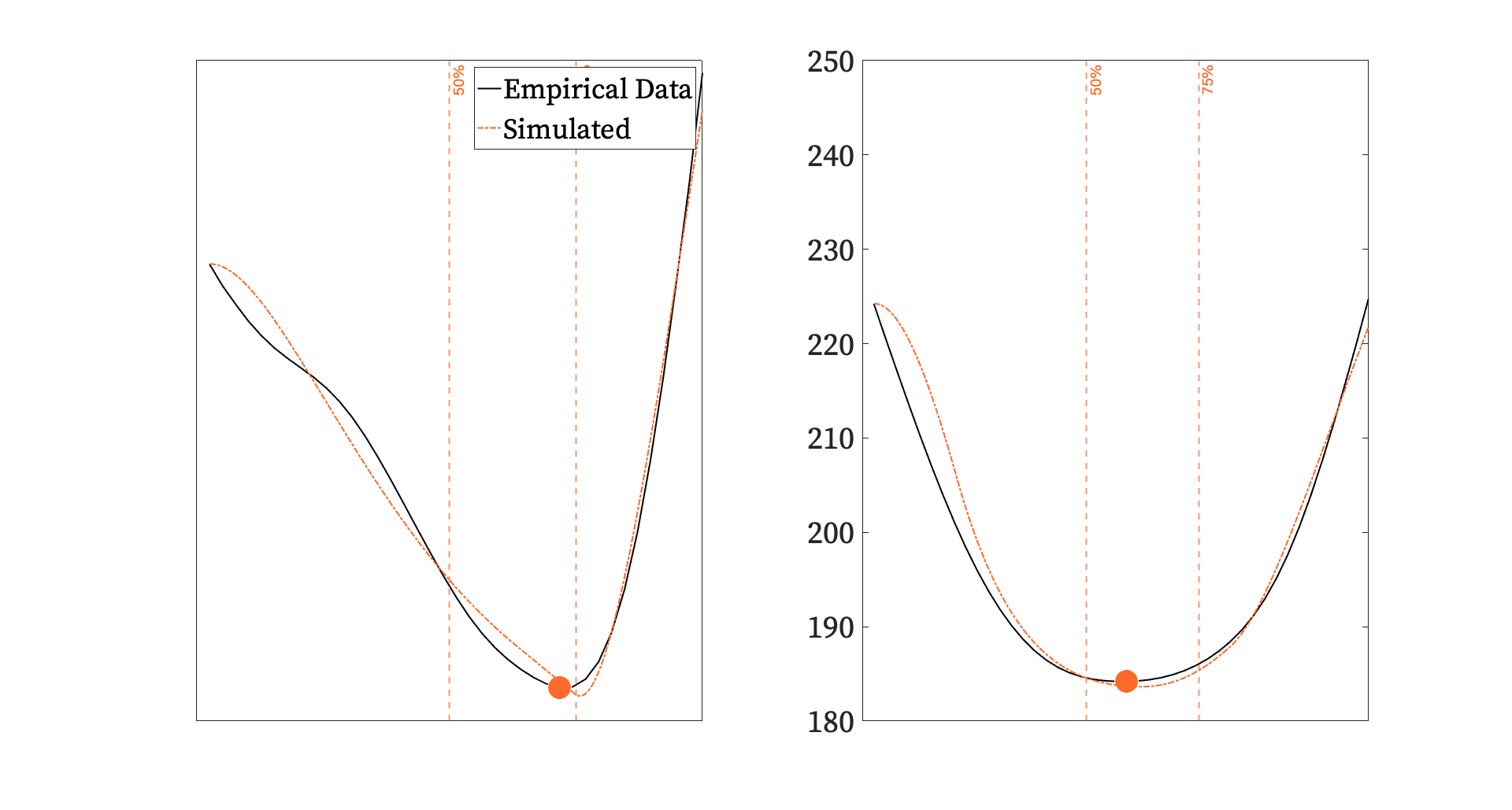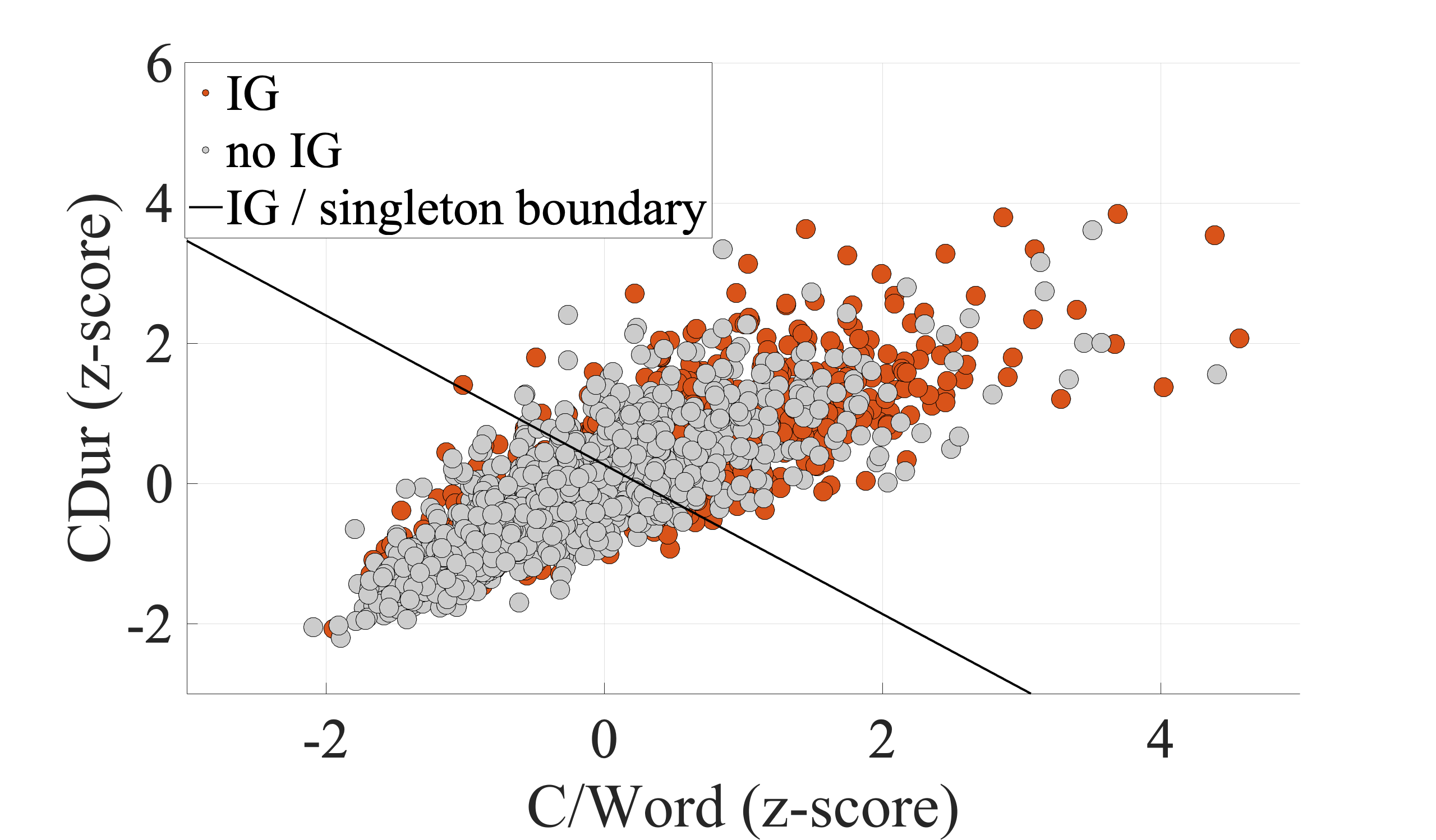News
Rachel Vogel presents paper at NELS 51
Rachel Vogel presented a paper titled "Domain Generalization: the case of vowel devoicing in Cheyenne" at the 51st Annual Meeting of the North East Linguistics Society (NELS 51), held Nov 6-8, 2020
Paper Abstract:
Domain generalization has been proposed to account for phonological effects that are phonetically motivated in utterance-final position but appear in other domain-final contexts where they are less well-motivated.[1] In this paper, I examine two processes of vowel devoicing (VD) in Cheyenne (Algonquian, spoken in Montana and Oklahoma),[2] a phrase-level one that is clearly phonetically grounded, and a word-level one that at first glance appears to be somewhat idiosyncratic.
Specifically, I show that while these processes appear on the surface to be quite distinct, they can in fact be unified in terms of domain generalization as the same type of well-motivated edge devoicing phenomenon applying at multiple domains. I further demonstrate that this result is directly predicted within a Stratal OT framework.
7th November 2020

Francesco Burroni presents paper at BUCLD 45
Francesco Burroni and Drs. Praneerat Panpraneet and Chutamannee Onuswan (Thammasat University, Bangkok, Thailand) presented a paper titled "Characterizing developmental trajectories in L1 production of Thai tones" at the 45th Boston University Linguistics Conference on Language Development (BUCLD 45), held virtually Nov 5-8, 2020
Paper Abstract:
Recent acoustic work on the topic in Mandarin and Cantonese has shown that L1 tone acquisition is a protracted process in production. In this study, we present further acoustic evidence from Bangkok Thai showing that tones produced by children are distinct from those produced by adults along a variety of perceptually relevant acoustic dimensions.
Some of these differences, like those in F0 measurements, are likely to be the result of anatomical differences. However, other differences, like timing of F0 inflection, early/late acquisition of falling/rising contours, and durational differences are likely to go in tandem with motor control developments.
In our discussion, we focus on asymmetries we have observed in the acquisition of the rising tone shape and its relationship to motor control. We present a dynamical model, rooted in the framework of Articulatory Phonology, that can quantitively simulate differences observed in rising tones produced by adults and children. Moreover, this model also serves as a starting point for a more quantitative discussion of what speech production parameters are refined during the time course of tone acquisition.
5th November 2020

Francesco Burroni and Sireemas Maspong present paper at PACLIC 2020
Francesco Burroni, Sireemas Maspong, Pimthip Kochaiyaphum, and Pittayawat Pittayaporn presented a paper titled "A new look at Pattani Malay Initial Geminates: A statistical and machine learning approach" at the 34th Pacific Asia Conference on Language, Information and Computation (PACLIC 2020), held virtually October 24-26, 2020.
Francesco and Sireemas' paper was co-authored with Dr. Pittayawat Pittayaporn (a Cornell Phonetics Lab alumnus) and grad student Pimthip Kochaiyaphum - both of Chulalongkorn University, Bangkok, Thailand.
Paper Abstract:
In this paper, we present a statistical and machine learning approach to the acoustic discrimination of a cross-linguistically unusual phonological contrast, initial geminates vs. singletons in Pattani Malay.
We show that the only statistically significant difference between geminates and singletons is the duration of the consonant itself. No differences in F0 and intensity were observed on the following vowel, contra earlier reports. We further investigated the robustness of this contrast using linear discriminant analysis.
Results show that discrimination is above chance, but poor (~62%). The large overlap between the two categories may be partly due to the naturalistic nature of our speech samples. However, we also found that the contrast is neutralized in some minimal pairs. This merger is surprising since initial geminates are often the sole realization of lexical and morphosyntactic contrasts. We suggest that the singleton/initial geminate contrast is now best characterized as a marginal contrast.
We hypothesize that this marginally contrastive status may be the result of an on-going sound change, perhaps connected with the more modest role that initial geminates play in Pattani Malay morphophonological alternations.
27th October 2020
Rachel Vogel presents paper at 52nd Algonquian Conference
Rachel Vogel presented a paper titled "The phonology of multiple types of vowel devoicing in Cheyenne" at the 52nd Algonquian Conference, held Oct 23-25, 2020 in Madison, Wisconsin.
Paper Abstract:
This paper provides a new phonological analysis of three vowel devoicing (VD) patterns in Cheyenne (Algonquian, spoken in Montana and Oklahoma[1]). I propose that they reflect two fundamentally different types phenomena based on their segmental and prosodic conditioning environments: one domain span process involving [spread glottis] (SG), and two domain limit processes involving [-voice]. I demonstrate that VD is not one unitary phenomenon and moreover, multiple types of VD can exist within one language.
My analysis also provides evidence that both [-voice] and [SG] are active in Cheyenne. Prepenultimate devoicing (PPD) affects vowels before voiceless fricatives in any syllable preceding the penult[2] (kȧhamaxe ‘stick’[3], devoiced vowels bolded in all examples). Phonological analyses of VD often involve the spreading of a laryngeal feature ([-voice] or [SG]) from the voiceless consonant to the vowel[4,5,6].
Because PPD occurs before fricatives but not other voiceless consonants, I propose that the crucial feature is [SG], following cross-linguistic arguments for default specification of [SG] for voiceless fricatives[7]. Penultimate devoicing (PD) affects underlying word-final syllables before any voiceless consonant, but surfaces in penultimate syllables due to <e> epenthesis after word-final obstruents[2] (matsénėsts<e> ‘kingfisher’[3]). While feature spreading could account for PD like PPD, since PD occurs before more consonant types, the same laryngeal feature cannot predict the application of both processes.
This suggests that PD involves [-voice] (specified for all voiceless consonants), rather than [SG]. PD and PPD also differ in their prosodic environments. PPD is a domain span process, applying freely throughout most of the word; PD is a domain limit process, targeting only one (word-final) syllable. Phrase-final devoicing (PFD) is also a domain limit process, affecting phrase-final vowels[2] (návóómo ‘I see him’[2]). Since it occurs even without adjacent voiceless consonants, PFD cannot result from feature spreading. Instead, I propose the insertion of [-voice] at phrase boundaries.
References
[1] Leman, W. 2001. A Reference Grammar of the Cheyenne Language. Lulu Press.
[2] Leman, W. and R. Rhodes. 1978. Cheyenne Vowel Devoicing. In Papers of the Ninth Algonquian Conference. ed. by W. Cowan. Ottawa: Carleton University, pp. 3–24.
[3] Fisher, L., W. Leman, L. Pine Sr. and M. Sanchez. 2017. Cheyenne Dictionary. Chief Dull Knife College. http://www.cheyennelanguage.org/dictionary/ lexicon/index.htm.
[4] McCawley, J. D. 1968. The Phonological Component of a Grammar of Japanese. The Hague: Mouton.
[5] Cho, Y.-M. Y. 1993. The Phonology and Phonetics of ‘Voiceless’ Vowels. In Annual Meeting of the Berkeley Linguistics Society (BLS) 19, pp. 64–75.
[6] Tsuchida, A. 2001. Japanese Vowel Devoicing: Cases of Consecutive Devoicing Environments. Journal of East Asian Linguistics 10.3, pp. 225–245.
[7] Vaux, B. and B. Miller. 2011. The Representation of Fricatives. In The Blackwell Companion to Phonology, pp. 1–25.
24th October 2020
